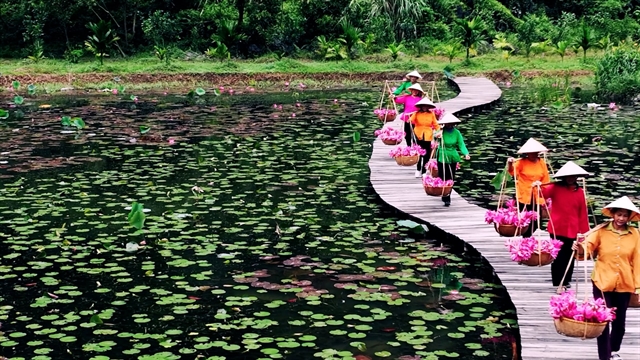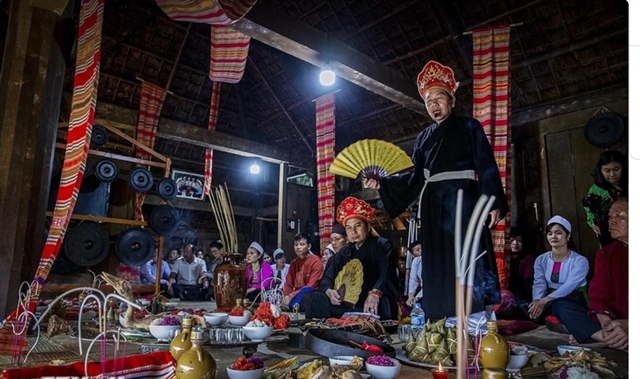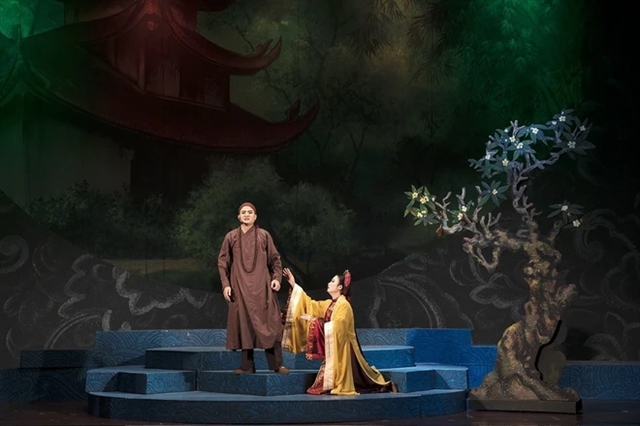 Life & Style
Life & Style


|
| Mo Mường is a folk performing genre in rituals and associated with the spiritual life and belief of Mường ethnic people. — VNA/VNS Photo |
HÀ NỘI — Deputy Prime Minister Trần Hồng Hà has agreed to submit dossiers on Mo Mường and the art of chèo to UNESCO for the inclusion of these intangible cultural heritage elements into world lists.
He made the decision after considering the Ministry of Culture, Sports and Tourism (MCST)’s proposal and the National Cultural Heritage Council’s verification results, the Government Office informed on Saturday.
Mo Mường (Mường soul seeker), a heritage of the provinces of Hòa Bình, Thanh Hóa, Ninh Bình, Phú Thọ, Sơn La and Đắk Lắk together with Hà Nội, will be submitted to UNESCO to seek the status of an intangible cultural heritage in need of urgent safeguarding.
The art of chèo (traditional opera) in the provinces of Thái Bình, Ninh Bình, Hà Nam, Nam Định, Hải Dương, Hưng Yên, Bắc Ninh, Vĩnh Phúc, Phú Thọ, Quảng Ninh, Bắc Giang and Thái Nguyên, Hà Nội and Hải Phòng City will be submitted for inclusion in the Representative List of the Intangible Cultural Heritage of Humanity.
The Việt Nam National Commission for UNESCO was assigned to coordinate with the MCST to carry out necessary submission procedures.
Mo Mường is a folk performing genre in rituals and associated with the spiritual life and belief of Mường ethnic people. It is performed in community activities and family rituals.

|
| A scene from a 'chèo' performance. VNA/VNS Photo |
As the folk theatre art of Vietnamese people, chèo is popular in the Red River Delta and the neighbouring northern mountainous and north central regions. It is often performed at traditional festivals to show gratitude to gods for bumper crops and prosperity, and also as a way for farmers to express their thoughts. —VNS